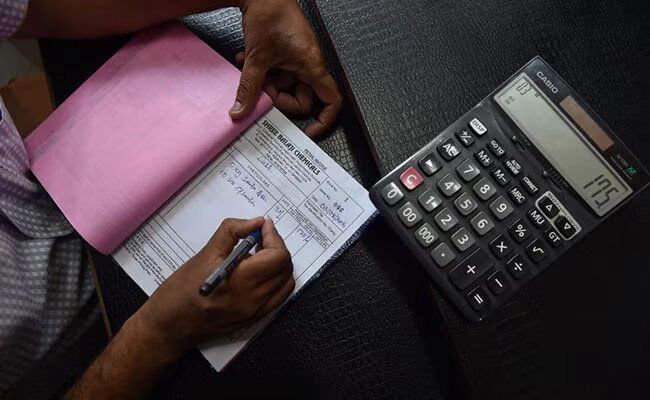In July, India’s Goods and Services Tax (GST) collections experienced a notable increase of 7.5%, reaching an impressive Rs 1.96 lakh crore. This rise in revenue reflects the country’s ongoing recovery from the economic challenges posed by the pandemic and indicates a steady growth trajectory in various sectors. The consistent increase in GST collections is a positive sign for the Indian economy, showcasing improved compliance and a broader tax base as businesses resume normal operations and consumer spending begins to rebound.
The growth in GST collections can be attributed to several factors, including enhanced tax compliance measures implemented by the government, increased economic activity, and the seasonal uptick in demand during the festive months. Moreover, the government’s efforts to streamline GST filing processes and promote digital transactions have contributed to better tax collection rates. This upward trend is essential for funding government expenditures and developmental projects, providing a much-needed boost to public finances.
Furthermore, the increase in GST collections provides a cushion for the government in managing fiscal deficits and implementing welfare programs. As the economy continues to open up and recover, the sustained growth in GST revenues will play a crucial role in supporting infrastructure development, healthcare, and other critical sectors. The positive performance in July highlights the resilience of the Indian economy and the potential for further growth in the coming months, setting a favorable outlook for fiscal health and economic stability.
In conclusion, the 7.5% rise in GST collections to Rs 1.96 lakh crore in July is a testament to the recovery of the Indian economy and the effectiveness of government initiatives aimed at improving tax compliance. As the country navigates through the ongoing challenges, maintaining this growth momentum in GST revenues will be vital for sustaining economic recovery and ensuring the availability of resources for essential public services. The data reflects not just a numerical increase but also the underlying trends of economic resilience and expanding consumer confidence in the marketplace.




